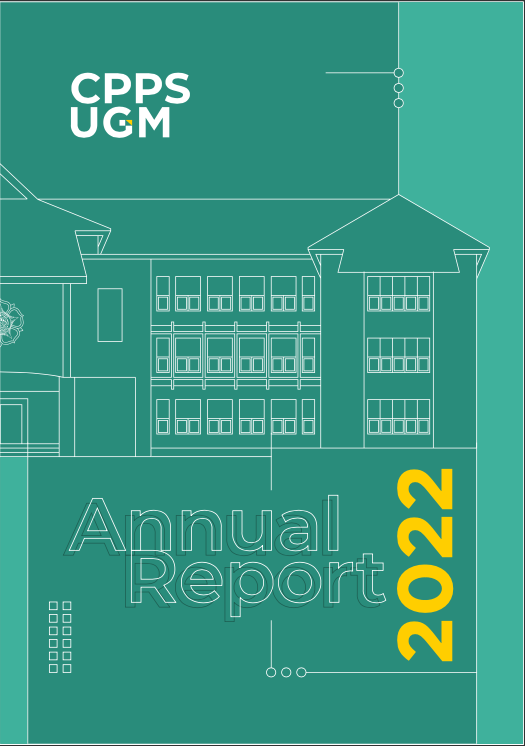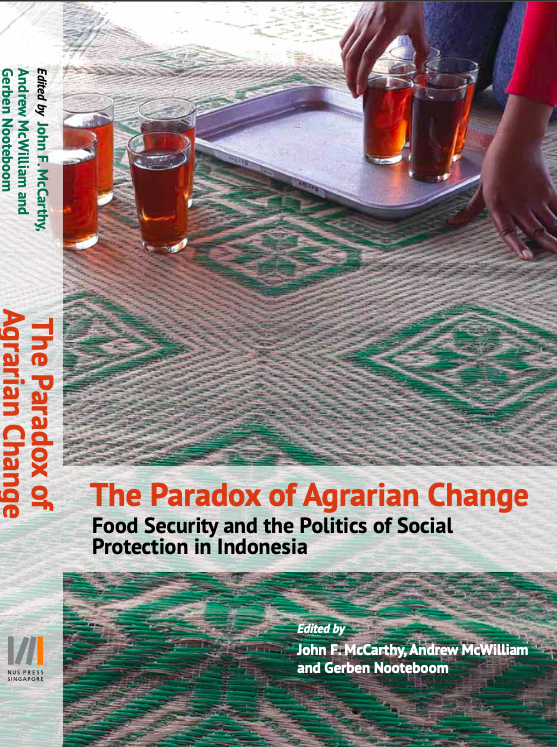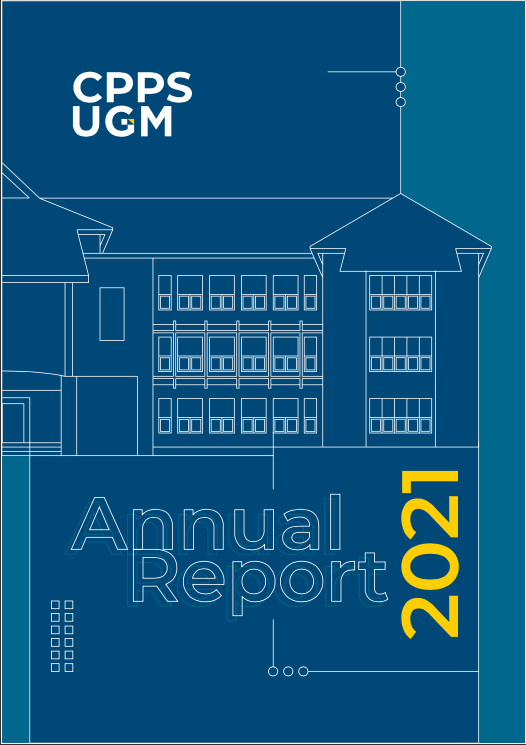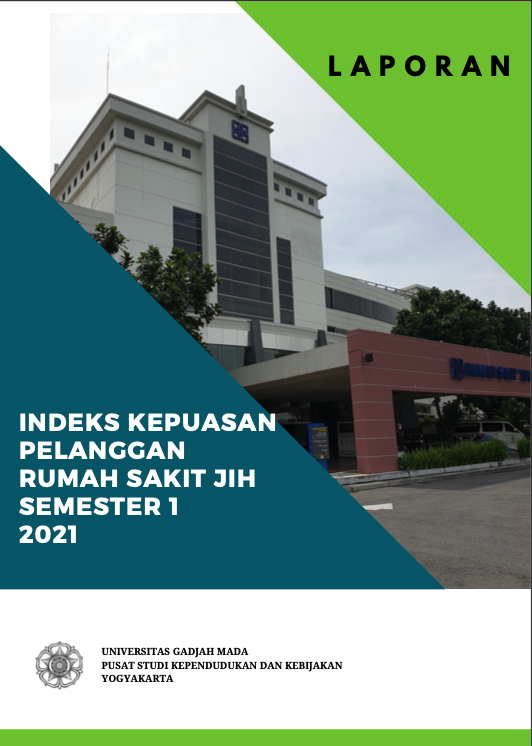Compositions and Characteristics of Rural Urban Migrants in Four Indonesian Cities In The Era Globalization and Decentralization
|This paper examines the composition and characteristics of migrants (recent and lifetime migrants) and non-migrants as well as differentials amongst them in four cities in Indonesia. Using data gathered from household urban survey, it focuses on general figures of demographic of household heads and their members and describes the main activities (occupation) of labor force, social and economic status of migrants and non-migrants. This study find that some differences, such as the high proportion of young, single and better education of household heads of recent migrants, be noticeable, but on some other indicators recent migrants appear not to have been that different from other migration status groups. There were discrepancies between the migration statuses: they tended to be between recent migrants, on the one hand, and lifetime migrants and non-migrants on the other. In other words, lifetime migrants appear to have taken on the characteristics of the resident, urban population, suggesting the possibility of relatively high levels of social and economic mobility. It also find that on a range of matters, especially economic activities there did not appear to be a major difference in the behaviour and outcomes among recent migrant versus lifetime migrant and non-migrant households and individuals. A discrepancy in the local economic and social environment between the four cities does seem to have been important for understanding the impacts of rural-urban migration in Indonesia.
*Klik untuk mengunduh makalah: Seminar Bulanan S.357 – Tadjuddin Noer Effendi, Mujiyani, Fina Itriyati, Danang Arif Darmawan, Derajad S. Widhyharto | 19 Maret 2009





